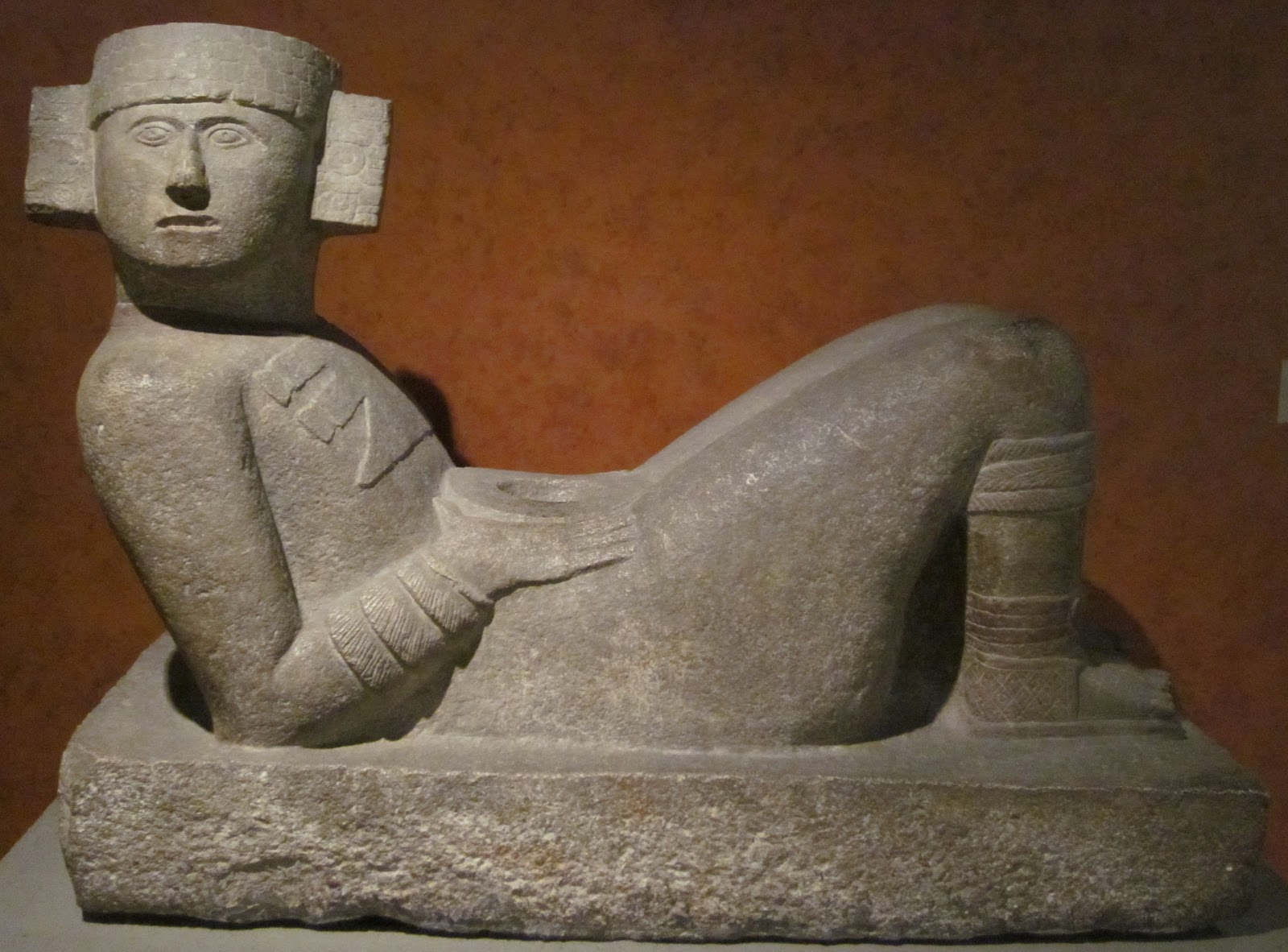

He’s commonly depicted as being born or rising in the east, and aging as the sun sets in the west. He’s also associated with kings and royal dynasties. Some of his aspects include a jaguar and a water bird, where the former symbolizes the sun during his nocturnal journey through the underworld.Īs a jaguar, K’inich Ajaw is associated with warfare, being a war advisor in the underworld. His name literally means sun-faced lord or sun-eyed ruler, but he’s originally designated as God G. The Maya sun god, K’inich Ajaw was feared and worshipped, as he could offer the life-giving properties of the sun but could also give too much sun to cause a drought. During the post-Classic period at Chichen Itza, human sacrifice became linked with the rain deity, and the priest who held the sacrificial victims were called chacs.

He wears shell over his ears and carries an axe that represents thunderbolts. In iconography, Chac has reptilian attributes and is often depicted with a human body. Like other Mayan gods, he also appeared as four gods, called Chacs, who were believed to pour rain by emptying their gourds and hurling stone axes upon the earth. Chac was the Maya god of rain, water, lightning and thunder.

In Central America, rain is significant for agriculture, so naturally rain deities were very important to the people. In iconography, he’s commonly depicted with large eyes marked by a spiral, an axe blade sticking out from his forehead, and a snake as one of his legs. It’s believed that maize and cacao were discovered after the god struck the mountains with one of his lightning bolts.īolon Tzacab is also known as Huracan, as well as K’awiil. He’s also associated with agricultural abundance and lightning. Bolon Tzacabīolon Tzacab was thought to be a god of royal descent, as he’s often seen held as a scepter by Maya rulers. Scholars believe that Kukulcan was a foreign religious belief adapted to fit a local religious belief. However, the city isn’t purely Maya as it was only inhabited during the late Maya period, and was greatly influenced by the Toltecs who may have lived there. In the Popol Vuh, he’s regarded as a creator god associated with wind and rain, safely transporting the sun across the sky and into the underworld.Īs a deity, Kukulcan was associated with Chichen Itza, where a large temple was dedicated to him. He wasn’t originally a Maya deity, but later became significant in Maya mythology. Identified with Quetzalcóatl of the Aztecs and Toltecs, Kukulcan was the feathered serpent god of the Maya. In Postclassic times, central Mexican influences were introduced to the Maya religion. In later post-Colombian writings, he’s referred to as the son of a creator deity called Hunab-Ku, whose name means One-God. They were associated with the four directions and corresponding – colors north, white east, red west, black and south, yellow. Itzamna also appeared as four gods called Itzamnas, represented by two-headed, dragon-like iguanas. He was also the patron deity of medicine, and the protector of priests and scribes. The Maya believed that he was the inventor of writing and calendar. In the codices, he’s depicted as an old man with sunken cheeks and toothless jaws. It’s thought that his name means iguana house or lizard house. The supreme Maya deity and creator god, Itzamna was the ruler of heaven, day and night. Here’s a look at the most powerful and significant Maya gods, and their importance to the Maya people. Today, the Maya people, who number around six million, still live in Guatemala, Mexico, El Salvador, Honduras, and Belize-and some aspects of the ancient religion are still practiced today. The Maya civilization began at least 1500 years before the Aztecs, and their mythology was well established by the time of the Aztecs. The Maya also believed in the underworld-referred to as Xibalba by the Yucatec, and Metnal by the Quiche-where gods were said to torment them.Ĭontrary to popular belief, the Maya religion was distinct from that of the Aztecs. In codices and art, Maya gods typically feature goggle eyes, god-markings, and combinations of animal and human characteristics. The Maya religion was polytheistic, and the main deities sometimes morph with less notable gods and share attributes of both deities. The Maya religion is described on surviving codices, including the Madrid Codex, Paris Codex, and Dresden Codex, as well as the Quiche Mayan religious text, the Popol Vuh. They worshipped many nature gods, and built pyramidal temples, palaces, and statues for them. The ancient Maya created an incredible civilization in Central America around 1000 BCE to 1500 CE.


 0 kommentar(er)
0 kommentar(er)
